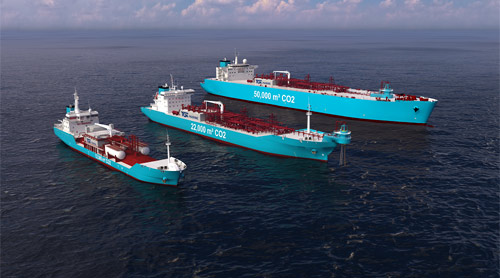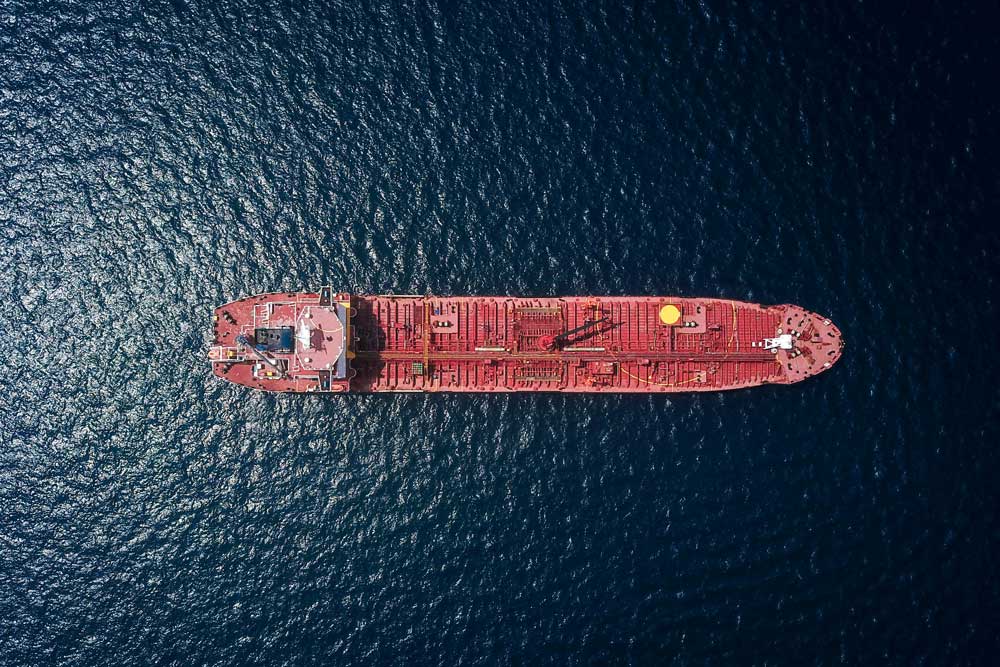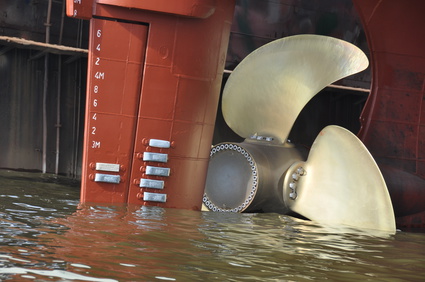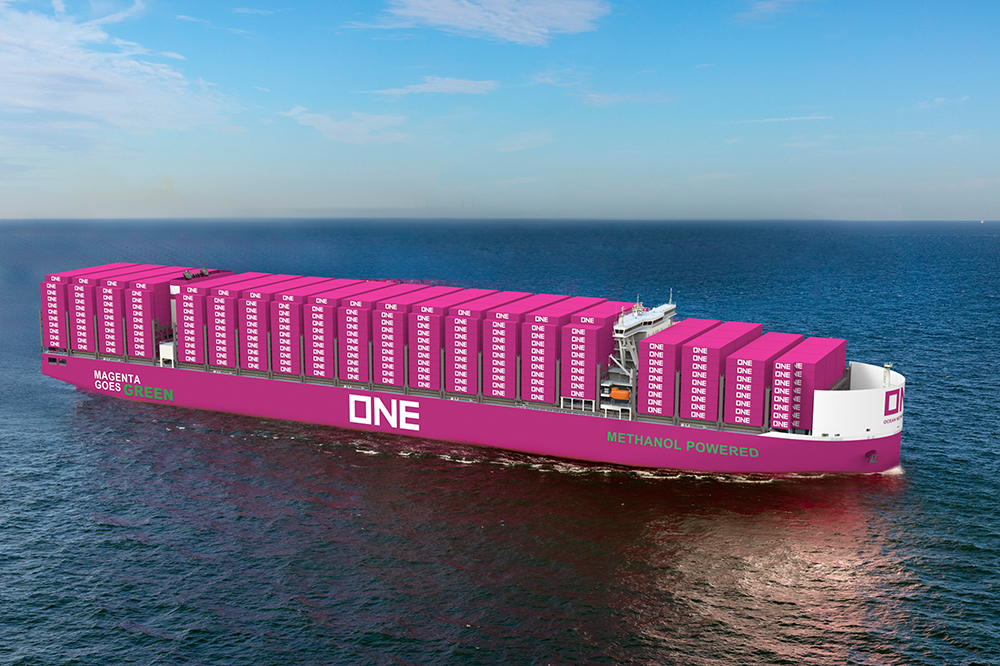The waterway system on the St. Lawrence River is considered an enormously important lifeline for many economic regions in North America. However, due to weather conditions, it has to be closed repeatedly in winter. Now the season has reopened.
The US-Canadian Transboundary Waterways Management Corporation (SLSMC) has opened the 66th navigation season for the St. Lawrence at Niagara[ds_preview].
Terence Bowles, President and CEO of the St. Lawrence Seaway Management Corporation (SLSMC) and the Administrator of the U.S. Great Lakes St. Lawrence Development Corporation, Adam Tindall-Schlicht, also announced the renewal of the management, operations and maintenance contract with the Government of Canada. “This long-term contract provides stability and predictability for both the company and its customers,” said Bowles.
The St. Lawrence River runs deep into the interior of the country. The 3,700 km route with five canals and 15 locks includes numerous commercial and industrial areas with a correspondingly large number of ports. A ship passing through the 15 locks from Montreal to Lake Erie crosses the international border between the USA and Canada 27 times. Last year, there were more ship transports again. Bulk shipments, in particular, are on the increase. Breakbulk shipments, on the other hand, were down despite a new service from the Spliethoff shipping company (see HANSA 03/2024).
The number of transits, on the other hand, fell, from which one could conclude that larger ships or larger volumes per ship have passed through the cross-border waterway between the USA and Canada – were it not for an important time aspect. On the one hand, one could follow the authorities’ reasoning that the efficiency of the Seaway system has contributed to economic development on both sides of the border, with fewer empty transits and an additional 1.2 million tons of cargo.
On the other hand, the season also extended over a record period, so that more transits could have been expected. The Montreal-Lake Ontario section, including the US locks, was closed on January 5 and the Welland Canal on January 7. According to official statements, this was “the longest shipping season in the history” of the waterway system.
However, the authorities are demonstratively confident: “The Canadian government is determined to support the long-term economic growth and sustainability of the waterway,” said Transport Minister Pablo Rodriguez. “The performance of the Great Lakes St. Lawrence Seaway system continues to underscore its resilience and importance to the global maritime supply chain,” said Administrator Adam Tindall-Schlicht.
Algoma freighter opens season on St. Lawrence
The first vessel of the 2024 season was the Algoma Sault, an Equinox-class self-unloading bulk carrier that entered service in 2018 with new technology to increase fuel efficiency and reduce environmental impact.
Algoma Central Corporation, the ship’s owner, will celebrate its 125th anniversary in 2024. CEO Gregg Ruhl said: “The St. Lawrence Seaway is not just a passageway for ships, but also an important channel for Canada’s economic and environmental prosperity. Ship owners and operators, shippers, ports, shipyards, suppliers and the Seaway are all part of this vital binational network.”
Given the fuel efficiency of new ships and the Canadian and U.S. governments’ recently announced plan to establish a green shipping corridor, the St. Lawrence Seaway is positioned to be part of Canada’s solution to climate change challenges in the transportation sector. By using innovative technologies and generating electricity from hydropower, the SLSMC says it has already reduced greenhouse gas emissions by 58% compared to 2005.
“Moving more of the goods that power our economy by water will help optimise supply chains and realize the potential of the Green Shipping Corridor between the Great Lakes and the St. Lawrence River,” Bowles said. “We are optimistic about a strong shipping season and, thanks to our renewed long-term agreement with the Canadian government, we are confident that our system has a bright future.”
























